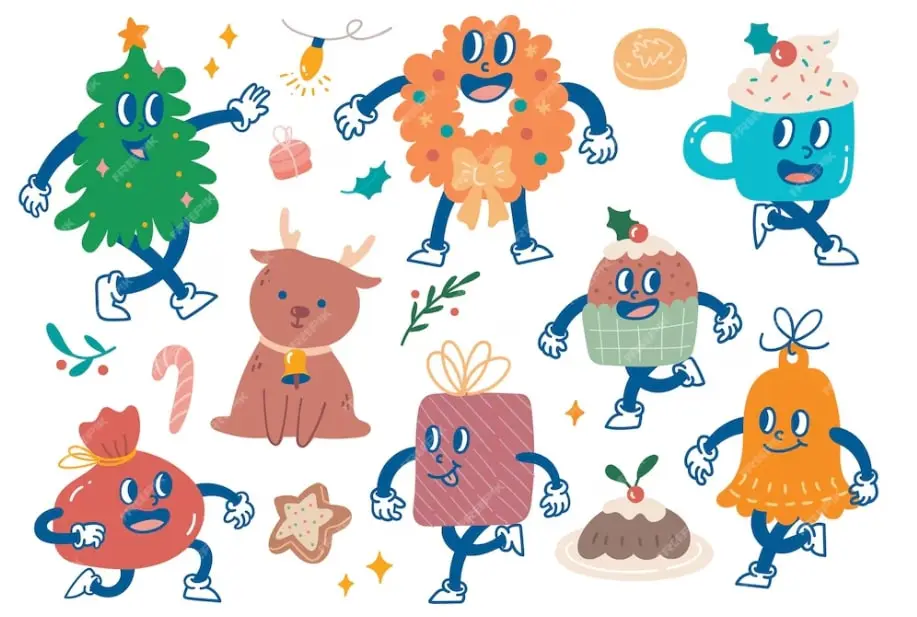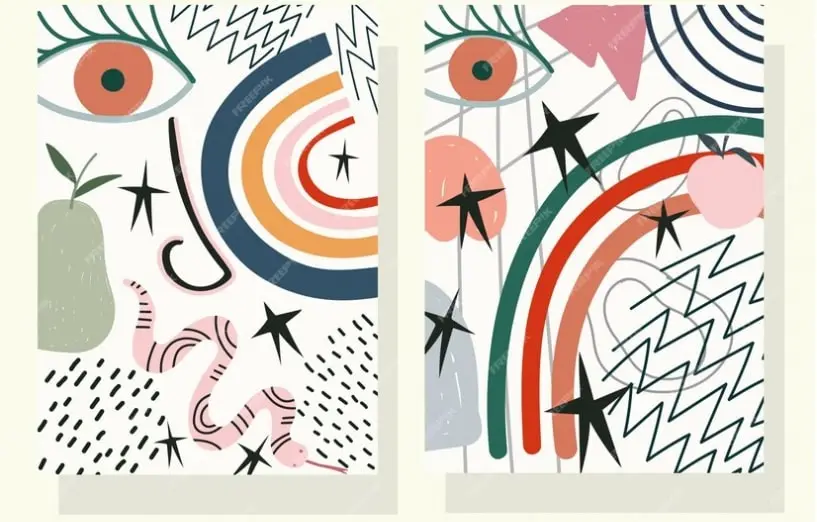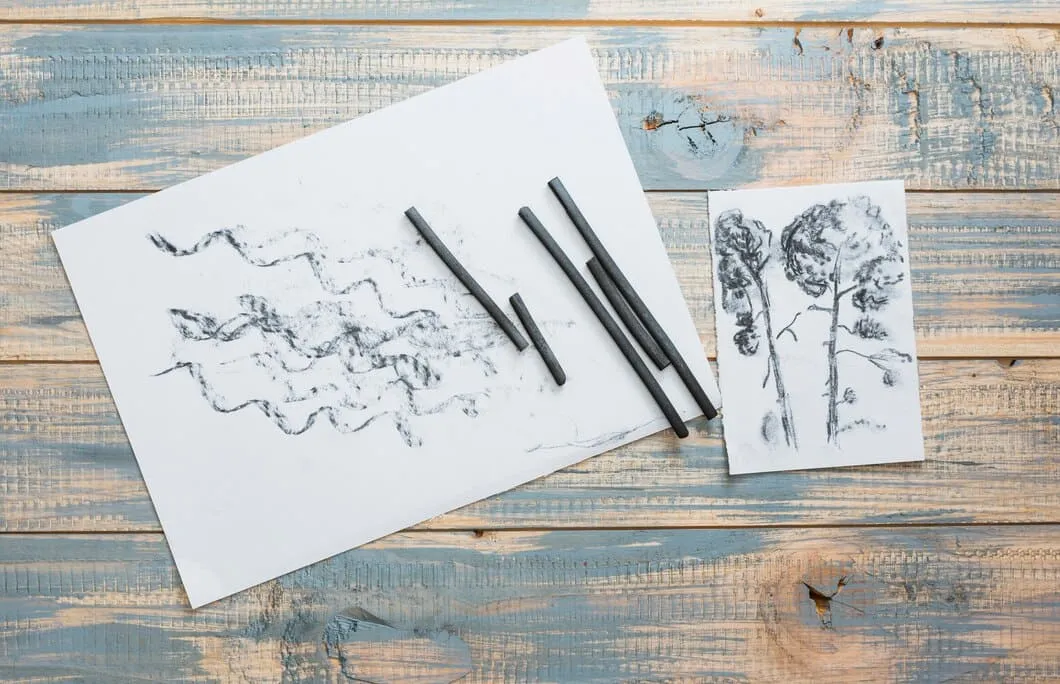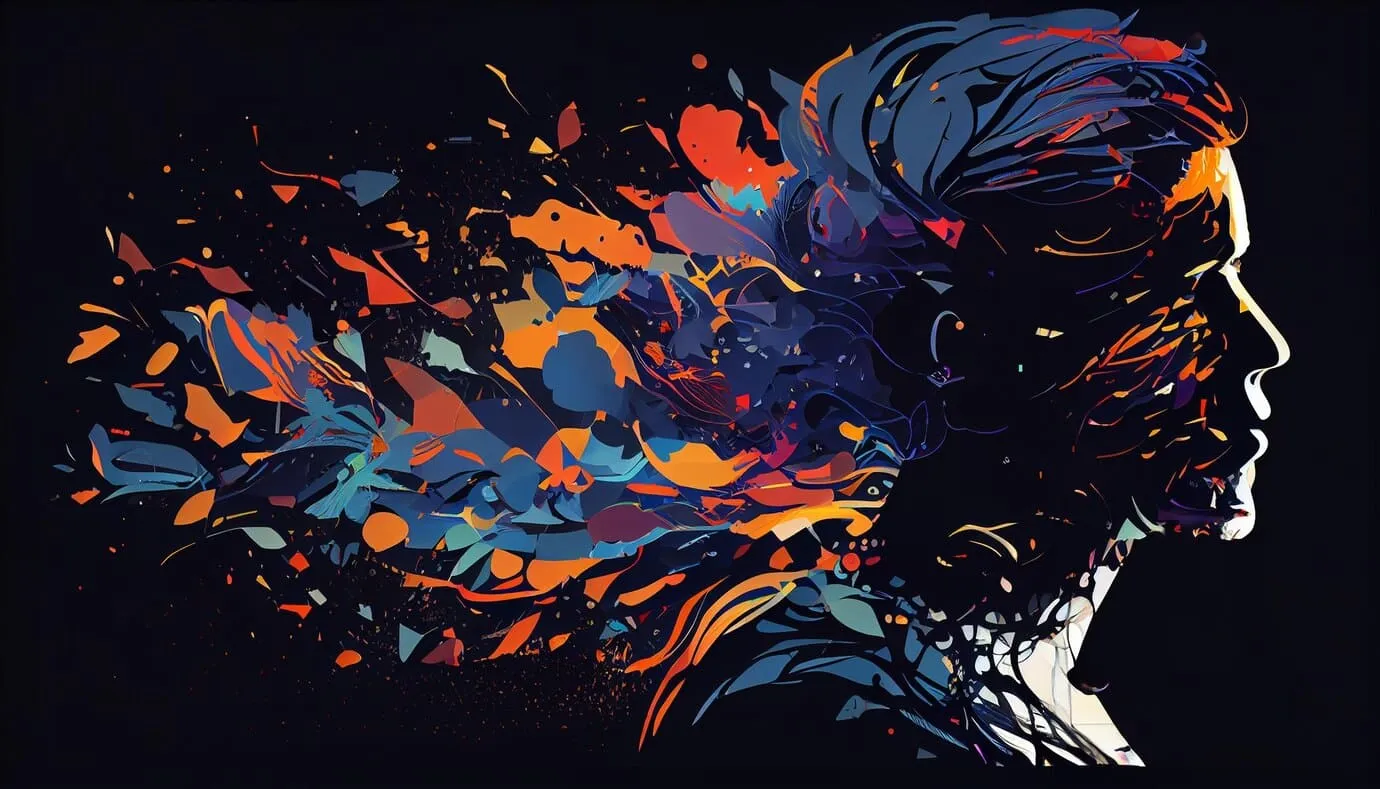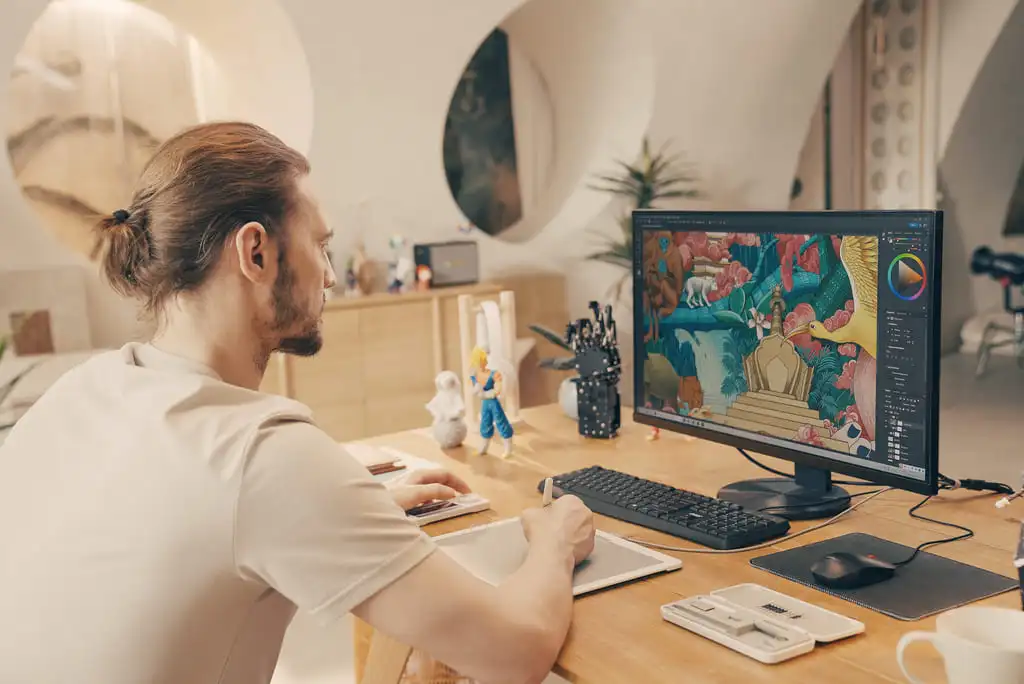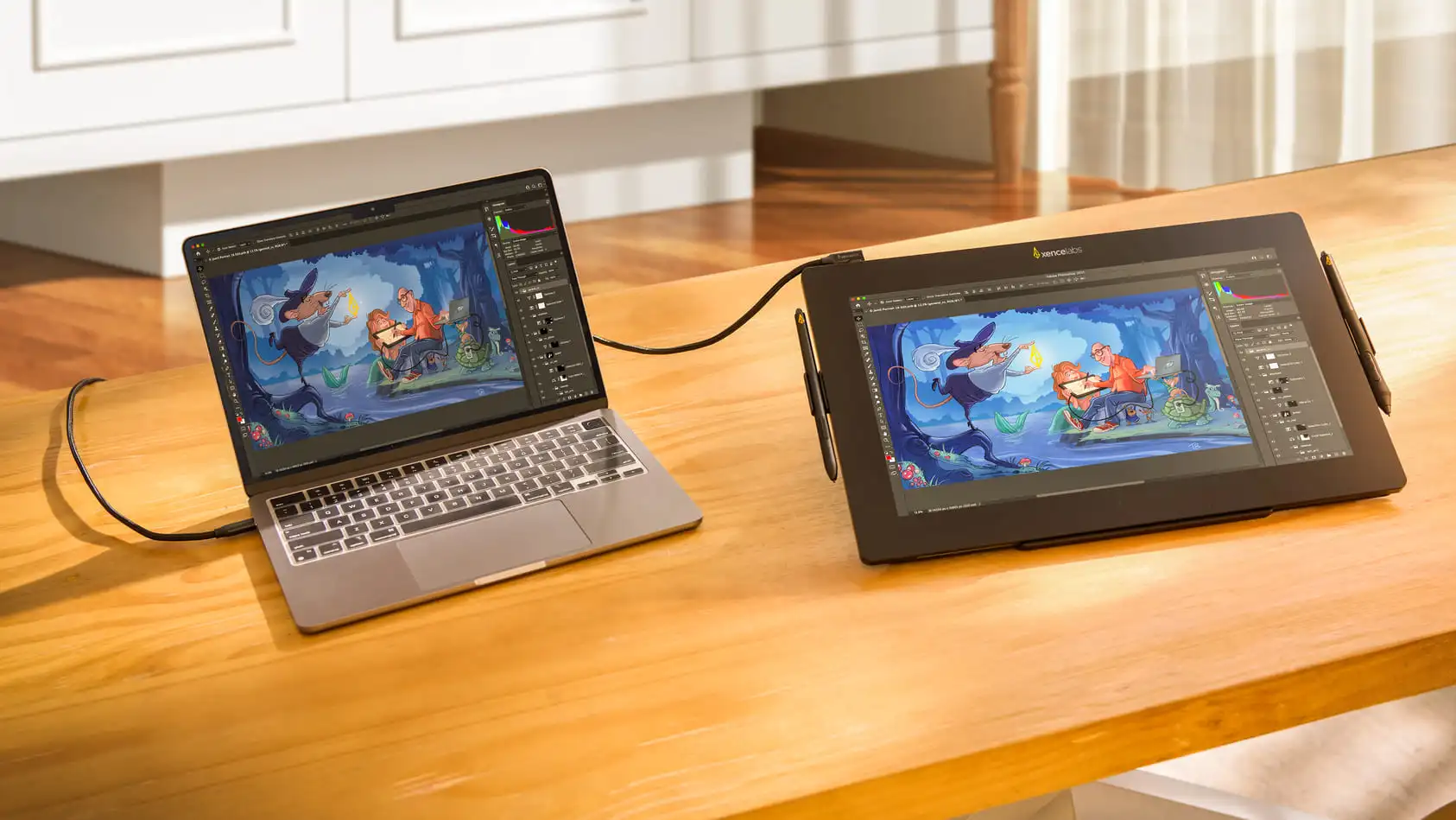Are you a budding artist who is ready to expand your skills – and maybe land a gig as a graphic designer or paid artist?
The technology available for artists and designers today has made it easier than ever to get started drawing – and even those who have never tried their hand at illustrations can learn how to draw with the best of them!
With the right tips, approach, and some helpful technology, you can start drawing better right now. Let's take a look at some key tips to get you started as a beginner drawer – and how the right drawing tablet can help you along the way!
Understanding the Basics of Drawing
Before you set off to become the next Picasso, let’s take a step back and look closely at what drawing itself entails.
At its core, drawing is all about observing the world around you and putting it down on paper or digital canvas. You become the translator of the things you see, interpreting them through your own unique perspective and style.
As a beginner, you’ll want your primary focus to be on learning how to see things accurately and how to use your tools properly. This includes understanding concepts such as proportion, perspective, and shading.
Fortunately, there are plenty of online resources available to help you learn the basics of drawing. YouTube videos, online courses, and even websites like Pinterest can provide a wealth of information and tutorials on the basics!
Skill 1: Observation
Arguably, the most important skill an artist can learn is how to see the world around them.
That means going beyond what you know about an object, looking at the form of that object, its proportions, and details.
Practice viewing items around you – try to see something new every time. You may find that the way light falls on a surface, subtle color variations, or negative space makes all the difference!
Skill 2: Understanding Form and Shape
All objects, no matter how complex, can be broken down into basic shapes. Train your eye to see these underlying forms:
1. Spheres
2. Cubes
3. Cylinders
4. Cones
4. Pyramids
Each of these shapes becomes a building block for more complicated forms. By understanding how these shapes work together, you can accurately draw and paint anything from a simple fruit to a complex human figure.
Skill 3: Creating Depth
One of the biggest challenges for artists is creating a sense of depth in their work.
This involves understanding concepts like perspective, scale, and value. Practice drawing objects from different angles and pay attention to how their size changes based on distance. Experiment with using light and dark values to create the illusion of depth in your drawings.
Skill 4: Composition
Composition refers to the arrangement of elements within a piece of art.
It's essential to carefully consider where each object or element is placed in relation to others. When composing your artwork, consider balance, rhythm, and visual flow. Think about how the viewer's eye will move around your piece and what elements you want to emphasize.
How to Improve Your Drawings as A Beginner
1. Start with Basic Shapes
Begin your drawing journey by practicing simple shapes like circles, squares, and triangles. These form the foundation of more complex drawings. Try these exercises to help you learn the very basic movements that come with most early drawings:
● Draw 50 circles freehand
● Create a still life using only basic shapes
● Practice drawing symmetrical shapes without rulers
2. Develop a Regular Practice Routine
Consistency is key when learning any new skill. To help you master your new drawing habit, why not set aside time each day to draw – even if it's just for 15 minutes? It doesn’t have to be hard to put this into practice:
● Keep a small sketchbook with you and draw during your commute or lunch break
● Set a daily drawing challenge for yourself (e.g., draw one household object each day)
● Join online drawing communities for daily prompts and motivation
3. Experiment with Different Mediums
Don't limit yourself to just one drawing tool. You’d be amazed at just how many different mediums you can use to create art. From pencils and charcoal to markers and watercolors, each medium will bring a unique look and feel to your drawings.
Here are some of our favorites:
● Graphite pencils (ranging from 9H to 9B)
● Charcoal (both stick and pencil form)
● Pen and ink
● Colored pencils
● Digital drawing tools
4. Master Shading Techniques
Shading brings your drawings to life by adding depth and dimension. Here are some shading techniques to practice:
● Hatching and cross-hatching
● Stippling
● Blending
● Scumbling
Experiment with these techniques using different tools and observe how they affect the mood and realism of your drawings.
Choose Your Favorite Drawing Style
As a beginner, you may want to try out different drawing styles until you see what works for you. Here are some of the top styles you can try – you never know which one (or many) will strike your fancy!
Drawing Realistically
Realistic drawing deals with accurately portraying the subject matter by proportion, shading, and details as precisely as possible. This is one of the more difficult styles and requires patience and great observation skills.
● Reference photos or draw from life to get started
● Pay close attention to light and shadow in your drawings
● Practice drawing textures (e.g., skin, fabric, metal)
Cartoon or Comic-Style Drawing
Most cartoon and comic styles are based on exaggeration and simplification. That is what makes this style so much fun for new drawing aficionados – as it’s a great style to tell stories and show emotions through your art. Once you get better at this, you can also explore creating amazing animations!
● Study the work of your favorite cartoonists
● Practice drawing expressive faces and poses
● Play with line weight to create depth and visual interest
Abstract Art
Abstract drawing is a bit more free-form and is concerned with shapes, colors, and forms, apart from accurate object representation. It allows immense freedom for creative work and experimentation.
● Take an actual subject and simplify it step by step
● Color and composition, play around with
● Don’t be afraid to “break the rules” in abstract drawing
Sketching
A sketch is usually quickly done in a loose manner, either to capture an idea or as an initial study for a larger piece of art. It is an excellent way to improve both observational skills and speed – and all you need is paper (or digital pad) and a pencil!
● Use loose, gestural lines
● Emphasize capturing the general essence rather than the details
● Practice doing quick sketches (30 seconds to 5 minutes), increasing the speed as you go
Digital Art
Digital Drawing has continued to enjoy popularity recently, and new technology has made it easier than ever to get started with drawing using tablets or drawing pads. This style allows you to use a variety of tools, and you can try anything from 3D design to sketches!
● Get familiar with your chosen software-for example, Photoshop, Procreate, or Krita
● Experimenting with different brushes and textures in the toolkit
● Use layers to create more complex designs that build on themselves
Remember – you are not confined to one style. Many artists take on aspects of several styles to generate their unique artistic voice.
Getting Started with Digital Drawing
In 2024, digital drawing has become more accessible than ever, thanks to advancements in technology and the availability of high-quality drawing tablets and displays. Xencelabs offers a range of products designed for both beginners and professionals:
Xencelabs Pen Tablet Medium Bundle SE
For those just starting with digital art, the Xencelabs Pen Tablet Medium Bundle SE is an excellent entry point. It features:
● A white tablet for a lighter aesthetic
● A large drawing area with a 16:9 aspect ratio
● Two pen sizes with 8192 levels of pressure sensitivity
● Customizable shortcut keys for improved workflow
This bundle provides all the tools you need to begin your digital drawing journey.
Xencelabs Pen Display 16
The Xencelabs Pen Display 16 is an excellent choice for beginners looking for a high-quality digital drawing experience. Its features include:
● A portable 16-inch 4K OLED display
● 12mm thin profile for easy portability
● Exceptional color accuracy with 99% Adobe RGB coverage
● Two pen sizes included for versatility
This display allows you to draw directly on the screen, providing a natural drawing experience similar to traditional media.
Xencelabs Pen Display 24
For those ready to invest in a larger, studio-quality drawing experience, the Xencelabs Pen Display 24 offers:
● A 23.8-inch 4K display with exceptional color accuracy
● Pantone® and SkinTone™ validation for precise color reproduction
● An ergonomic design with multiple stand options
● Customizable shortcut keys and a physical dial for enhanced productivity
These devices offer precise pressure sensitivity, tilt recognition, and customizable shortcut keys to enhance your digital drawing workflow. When choosing a digital drawing tool, consider factors such as your budget, available space, and the type of work you plan to create.
Exploring Different Drawing Subjects
Try drawing a variety of themes in order to broaden your skills and find subjects that inspire you:
Still Life Arrangements
Still life is an excellent way to practice observation, composition, and differing textures. Start with basic arrangements of ordinary household objects and build up to more involved ones.
Landscapes and Nature Scenes
Drawing landscapes may seem complicated, but they can help with perspective, atmospheric effects, and organic forms. Try urban sketching or nature journaling to get practice in these skills outdoors.
Portrait and Figure
One way to really build your drawing skills is to draw others! Try self-portraits or offer to draw your friends and family. Pay particular attention to the proportions of the face, expressions, and likenesses.
Architecture and City Scenes
Architectural drawing is the bread-and-butter of design. It’s a great way to practice perspective and precise linework. Sketch buildings around your neighborhood or famous landmarks from photos.
Animals and Wildlife
Animal drawing captures the movement and expressive pose (and it’s really fun!) Start with your pets, or go to one of your many local zoos for some life-drawing practice.
Overcoming Common Beginner Challenges
As you embark on this journey, you may experience some problems that could derail your experience. Here are some of the most common and how to overcome them:
1. Perfectionism
Remember, each great artist was a beginner at first. Turn those mistakes into lessons to be learned and work for progress, not perfection.
2. Lack of Motivation
Set achievable goals and celebrate small victories. Use art communities-whether online or in-person-for support and accountability.
3. Benchmark against Others
Instead, focus on your journey and don't compare yourself to other artists. Everyone's journey is different.
4. The Fear of the White Page
Start doing quick warm-up sketches, as it overcomes intimidation due to an empty page. Remember, your first draft needn't be perfect.
5. Making Time to Practice
Draw every day, even if it's only for a few minutes each day. Carry an on-the-go mini notebook to practice anywhere and anytime.
Start Drawing Today with Xencelabs!
It takes dedication, practice, and the right tools; think of innovative drawing tablets and displays from Xencelabs. Remember, every artist was once a beginner, so just don't be too harsh on yourself and enjoy the process of learning and perfecting your skills.
Whichever path you take, traditional or digital, the secret to becoming a better artist involves consistent practice, a willingness to experiment, and sheer passion for learning. Welcome the challenges, take your inspiration from the outside world, and above all, enjoy your art!
As you proceed on this drawing journey, remember that it is not just about beautiful images but a way to see the world with more vigor, plot your own artistic way, and communicate with people through that creativity.
So let Xencelabs be your partner in your drawing career – and start a new hobby today!



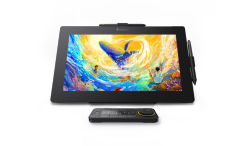
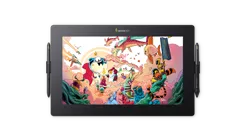

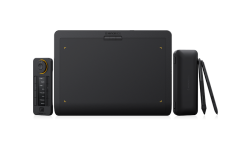



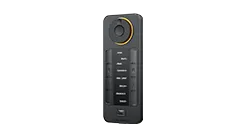



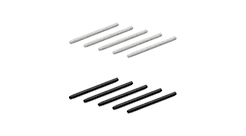



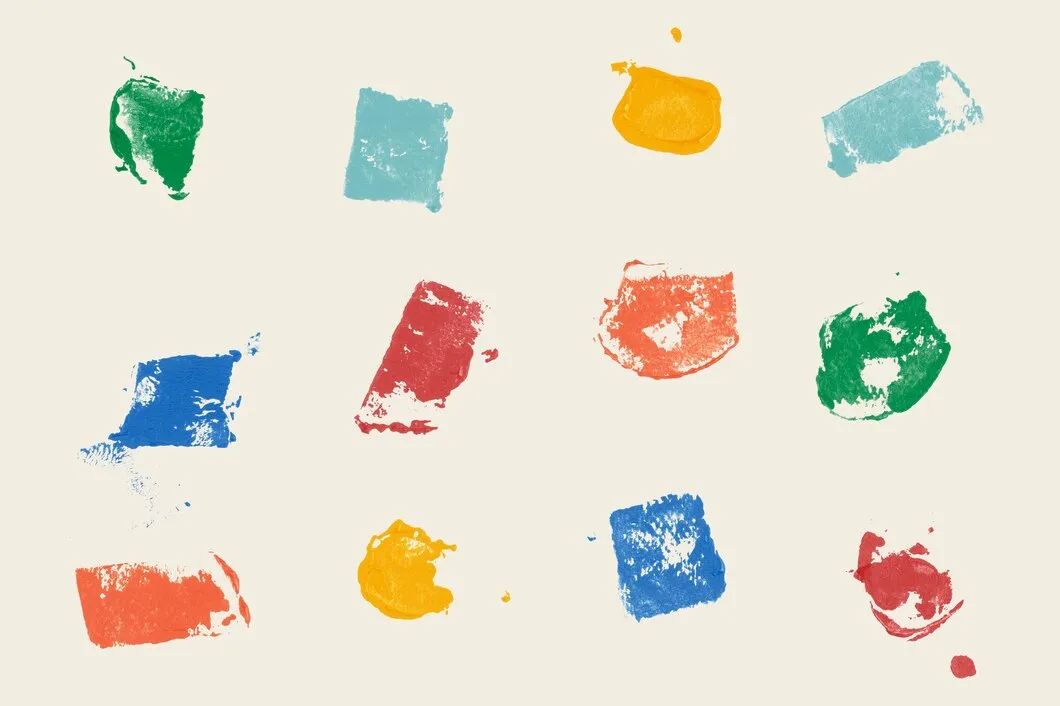
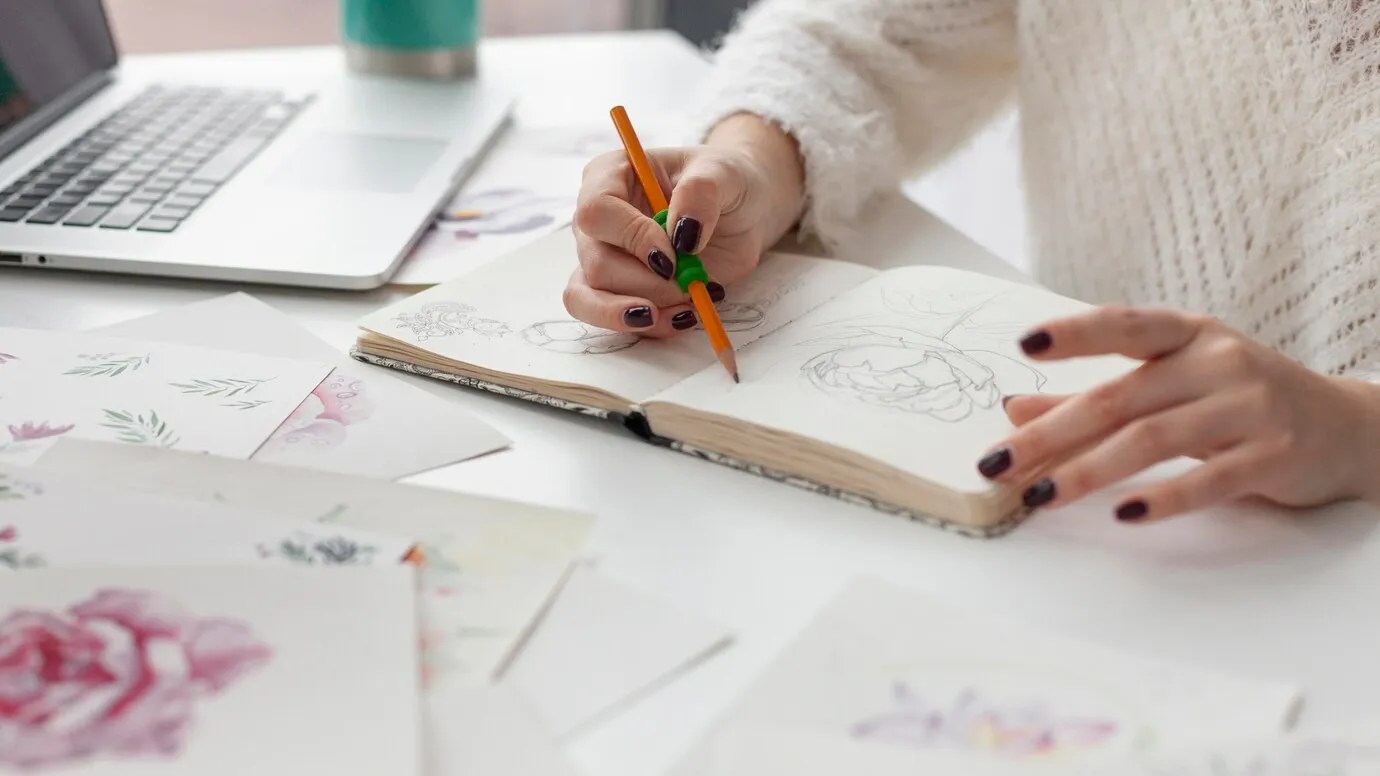
.webp)
